 |
 |
 |
| |
Impact of Modest Weight Reduction on Liver Histology, Portal Pressure, and
Clinical Events in Patients With Compensated Cirrhosis Due to Nonalcoholic Steatohepatitis
|
| |
| |
EASL 2017

from Jules: it must have been around 10 years ago, very early, I was standing at a poster at a workshop in front of a poster with 2 ACTG leaders, I think the poster was that it found no association with fatty liver & HIV. I said no way, HIV+ have a higher rate & risk for fatty liver, they responded NO, we did not find that. The rest is history. For that matter early on maybe 12 years ago I was a member of the ACTG on the HIV RAC and during a plenary meeting of the entire ACTG I went to the mic in front of anyone with the leader of the ACTG up at the podium/stage & I said the ACTG needs to do lipodystrophy research, this was before the ACTG did any lipodystrophy research. The leader said at the podium we do NOT do lipodystrophy studies in the ACTG, several days later I get communication from the ACTG saying they would hold a meeting in Chicago at Northwestern I was invited to design the first ACTG lipodystrophy study, it was my idea to do the class switch study that they in fact did: PI vs NNRTI & different nukes, this was the first of a series of switch studies looking improving body changes as newer drugs were developed, but the problem never resolved despite incremental but not very effective improvements; like switching from d4T to abacavir or tenofovir resulted in fat improvements but the ultimate severe damage of lipoatrophy to patients never abated nor did belly fat.. I think it was ACTG 364 http://www.natap.org/2005/HIV/101905_01.htm - Back then drugs like HGH (belly fat) & rosiglitazone (lipoatrphy) were studied to treat lipodystrophy & of course they failed, there were long lasting debates about whether these worked or were harmful, actually they proved to perhaps be harmful, years were spent debating this & spending research funding other wasted time on lypodystrophy with no effective outcomes. They never discovered for sure the cause or causes of lipodystrophy, and then the discussion and commitment to find answers disappeared forever, the problem & the patient issues were abandoned, never to be revisited again, until Grace McComsey recently reported even with newer classes and drugs including integrase lipostrophy & fat accumulation still occurs just at lower rates http://www.natap.org/2015/CROI/croi_45.htm ; although many researchers liked to say ' oh with the new classes of drugs we do not see body changes anymore. Back then at the 2007 9th Lipodystropy Workshop there was a finding suggesting that endothelial dysfunction could be associated with lipoatrophy http://www.natap.org/2007/adverse/adverse_16.htm - . LATEST UPDATE ON HIV LIPODYSTROPHY: Interview with Dr Grace McComsey
Enough of my musing over history. But to bring this back to current days, aging & HIV needs much better attention. There is funding dedicated to research but we have yet to make great strides in helping patients. Although we feel inflammation & immune activation are contributors we do not yet have any sort of a real grasp on the scientific underpinnings causing the problems nor do we have any medical interventions - except exercise & diet which are the most effective - nor do we have any commitment to providing systematic programs of special support services for older suffering aging patients - suffering with polypharmacy, multi comorbidities and premature disability. We have not even started a discussion at any level of the federal government to begin discussing this in a meaningful way, despite numerous requests to HIV leadership in the NIH and numerous sections.
Reported by Jules Levin
EASL - International Liver Congress™, 19-23 April 2017, Amsterdam, the Netherlands
Jaime Bosch,1 Stephen A. Harrison,2 Vlad Ratziu,3 Mitchell L. Shiffman,4 Anna Mae Diehl,5 Stephen Caldwell,6 Don C. Rockey,7 Reem Ghalib,8 Paul Thuluvath,9 Manal F. Abdelmalek,5 Raul Aguilar Schall,10 Catherine Jia,10 Bryan J. McColgan,10 Robert P. Myers,10 G. Mani Subramanian,10 John G. McHutchison,10 Zachary Goodman,11 Nezam H. Afdhal,12 Arun Sanyal13
1Universitat de Barcelona, Barcelona, Spain; 2Pinnacle Clinical Research, San Antonio, TX, USA; 3Hôpital Universitaire Pitié Salpêtrière, Paris, France; 4Liver Institute of Virginia, Richmond, VA, USA; 5Duke Clinical Research Institute, Durham, NC, USA; 6University of Virginia, Charlottesville, VA, USA; 7Medical University of South Carolina, Charleston, SC, USA;
8Texas Clinical Research Institute, Arlington, TX, USA; 9Institute for Digestive Health and Liver Disease, Baltimore, MD, USA; 10Gilead Sciences, Inc., Foster City, CA, USA; 11Inova Fairfax Hospital, Falls Church, VA, USA; 12Beth Israel Deaconess Medical Center, Harvard Medical School, Boston, MA, USA; 13Virginia Commonwealth University, Richmond, VA, USA

Steatosis (also called fatty change, fatty degeneration, or adipose degeneration) is the process describing the abnormal retention of lipids within a cell. It reflects an impairment of the normal processes of synthesis and elimination of triglyceride fat. Excess lipid accumulates in vesicles that displace the cytoplasm. When the vesicles are large enough to distort the nucleus, the condition is known as macrovesicular steatosis; otherwise, the condition is known as microvesicular steatosis. While not particularly detrimental to the cell in mild cases, large accumulations can disrupt cell constituents, and in severe cases the cell may even burst.
The risk factors associated with steatosis are varied, and include diabetes mellitus,[1][2] protein malnutrition,[3] hypertension[4] cell toxins, obesity,[5] anoxia[6] and sleep apnea.[7][8][9] As the liver is the primary organ of lipid metabolism it is most often associated with steatosis; however, it may occur in any organ, commonly the kidneys, heart, and muscle.[6] https://en.wikipedia.org/wiki/Steatosis
https://patient.info/doctor/steatohepatitis-and-steatosis-fatty-liver

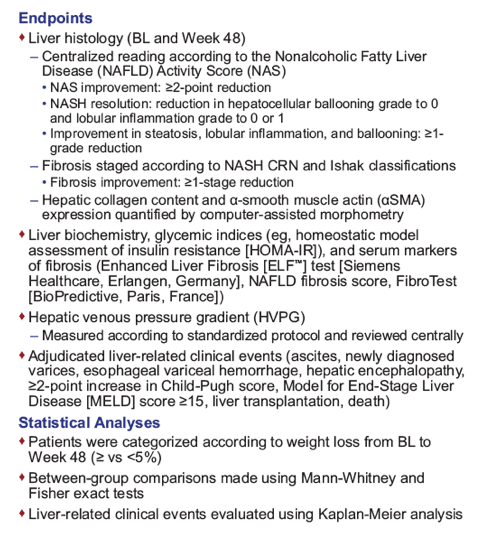
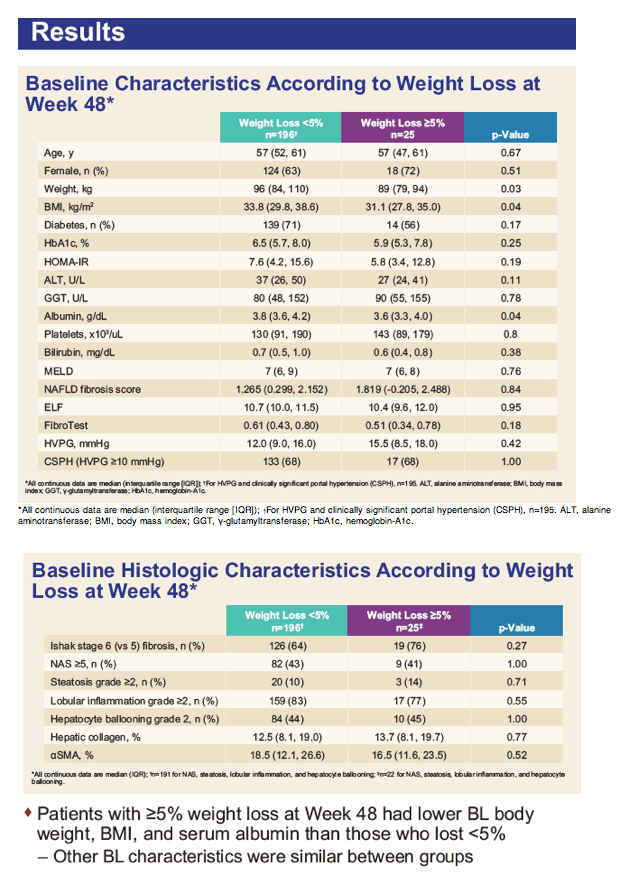
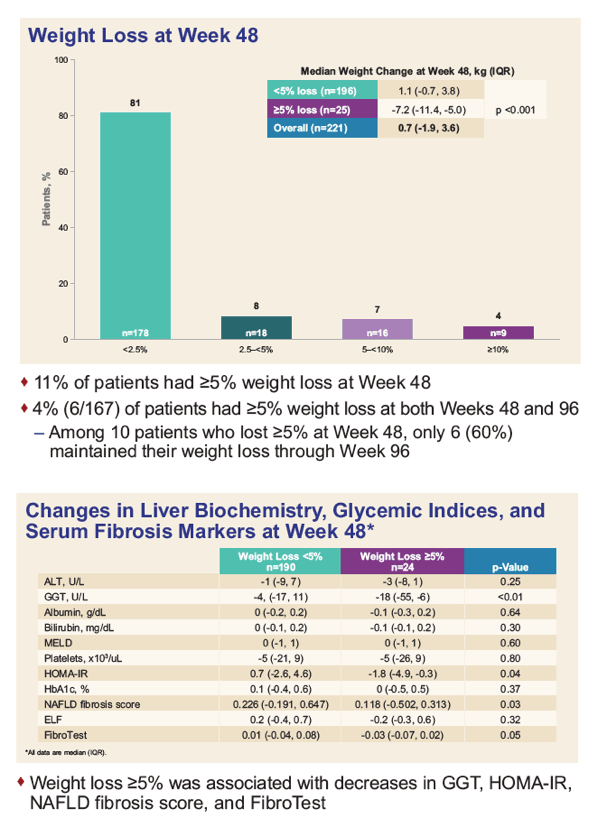
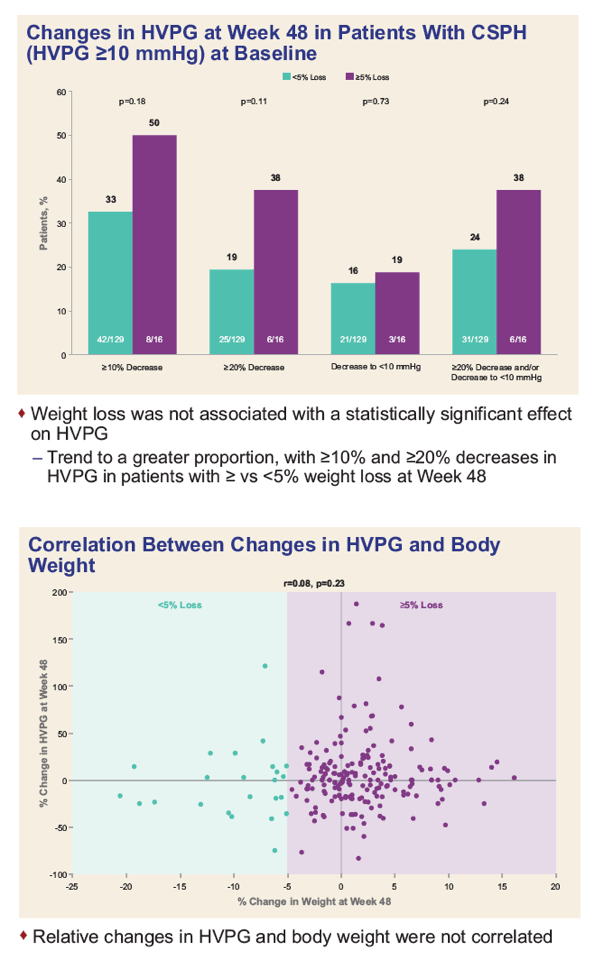
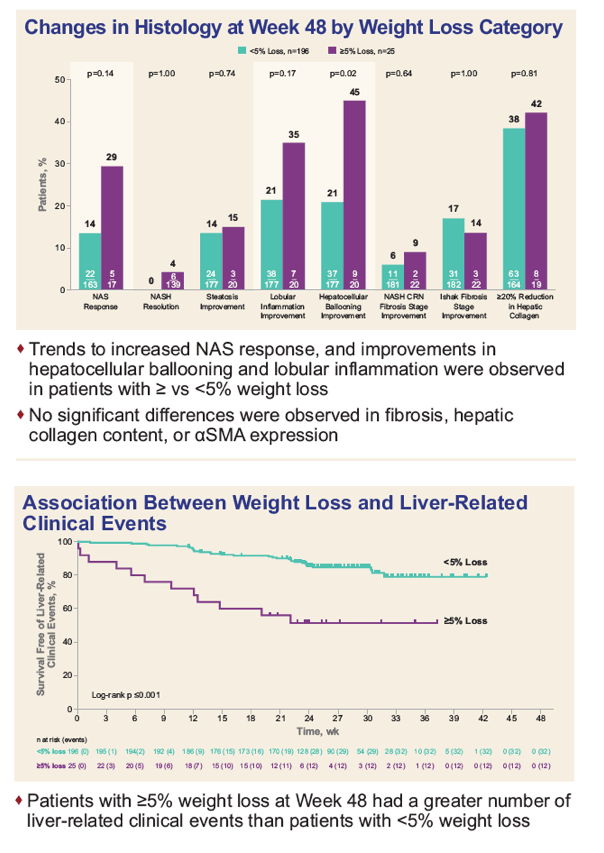

|
| |
|
 |
 |
|
|